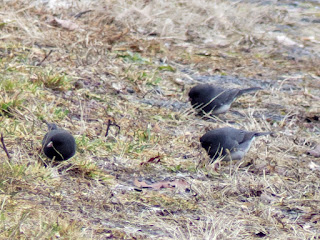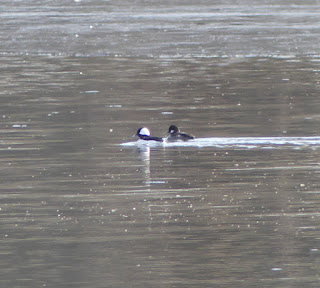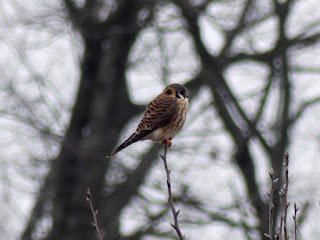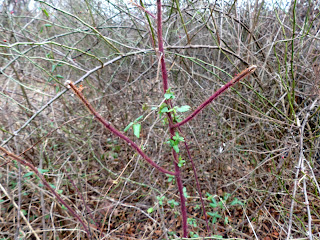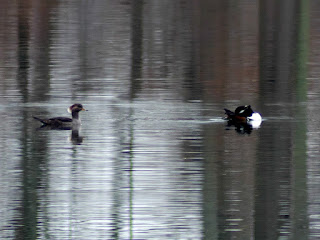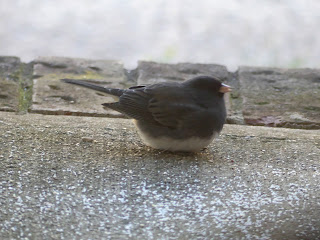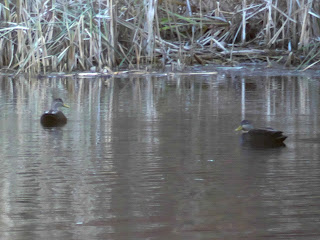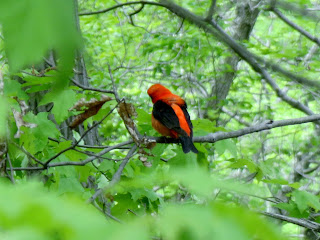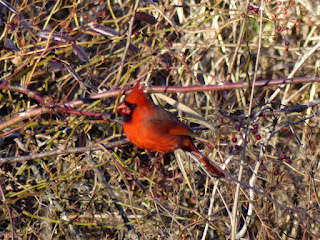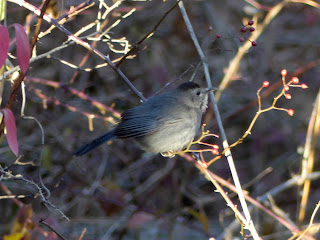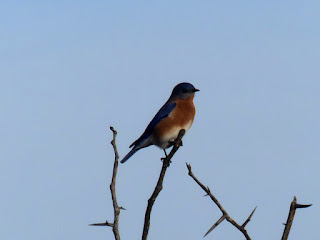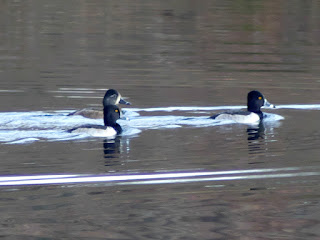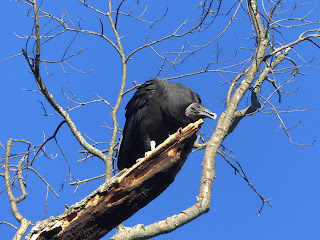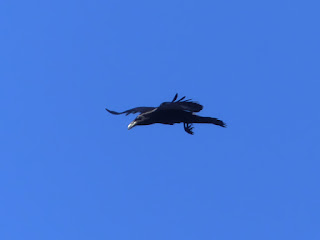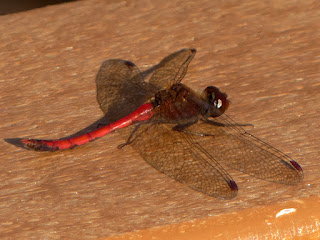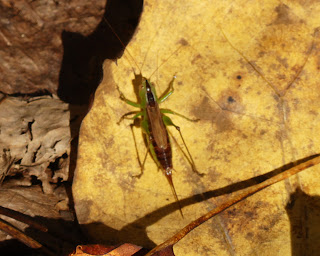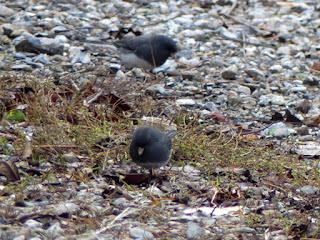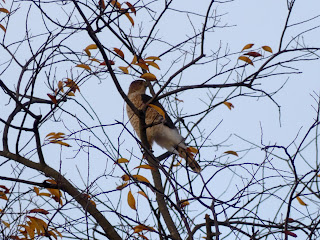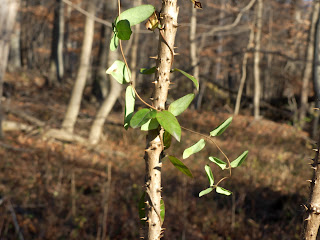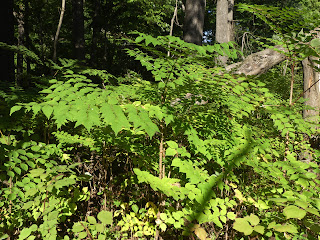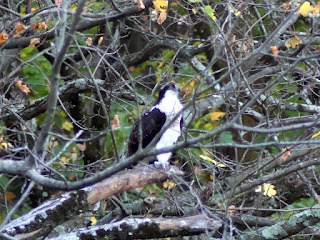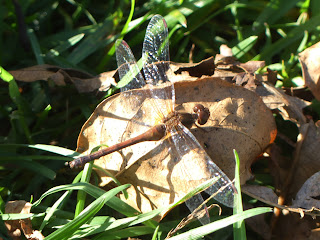Spiny Softshell Turtles

I found a trail near the intersection of South Bridge Street and Route 206 in Somerville. I think it's considered a part of the Raritan River Greenway that seemingly connects to the Peter's Brook Greenway [1]. I noticed some large turtles basking on the opposite side of the river, figured they were Northern Red-bellied Cooters , and followed a side trail to get a better look. As I approached (but still being across the river) most of the turtles scurried into the river. But a couple stayed on the riverbank, and they weren't cooters. They were a species I had only photographed once before at the Raritan Water Power Canal, Spiny Softshell Turtles . While my previous sighting gave me an impression of a smallish spotted turtle though, these turtles were large and (mostly) uniform in color [2]. Apparently young Spiny Softshells have spots, and some of the males retain those spots. This means my previous sighting was either young, male, or both. Interestingly, my Field Guide to ...
